Customer-Centric Marketing: How transparency translates into trust
Transparency is something that companies usually shy away from. From the customer’s perspective, that product or service just appears for them – simple and easy.
Marketing has a history of touting a new “miracle” or “wonder” product and holding up the veil between brand and consumer.
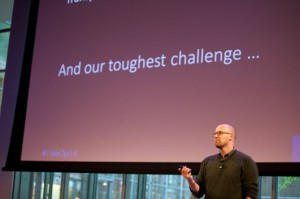 However, in Wednesday’s Web Optimization Summit 2014 featured presentation, Harvard Associate Professor Michael Norton brought up a different idea, speaking about how hard work should be worn as a badge of honor.
However, in Wednesday’s Web Optimization Summit 2014 featured presentation, Harvard Associate Professor Michael Norton brought up a different idea, speaking about how hard work should be worn as a badge of honor.
“Think about showing your work to customers as a strategy,” he said, coining it “The Ikea Strategy.”
The idea behind this is that when people make things themselves, they tend to overvalue them – think of all the DIY projects around the house. In the same vein, when people comprehend the hard work that has gone into a product, they are more likely to value it.
Michael gave the example of a locksmith he had spoken to as part of his research to understand the psychology of people who work with their hands. This man was a master locksmith, Michael said, and he started off by talking about how he used to be terrible at his job – he would go to a house, use the wrong tools, take an inordinate amount of time and sweat over the job.
Gradually, he became a master at his trade, and could fix the same problem quickly with only one tool. It didn’t matter that his work was superior because of his experience, his customers became infuriated when he handed over the bill. Even though the result was the same, the customers hadn’t seen the effort.
Independent of the service being delivered, Michael explained, we value the labor people put in.
“We like to see people working on our behalf,” he said.
He asked two questions on how to apply this in the marketing sphere:
- Can this be applied to the online environment as well?
- Can this be built into websites so people feel like these interfaces are working for them?
A counterintuitive mindset must be applied in this area. In many cases, rapid service or response comes second to transparency. Michael spoke about how his team ran a test where they purposefully slowed down the searc results for a travel site by 30 seconds.
“30 seconds of waiting online is like … 11 days. It’s an enormously long time,” he said.
But slowing something down like a search, he continued, makes people feel like the algorithm was working hard for them.
As surprising as it sounds, more customers picked the delayed search travel site because they perceived that it was working harder for them, he said.



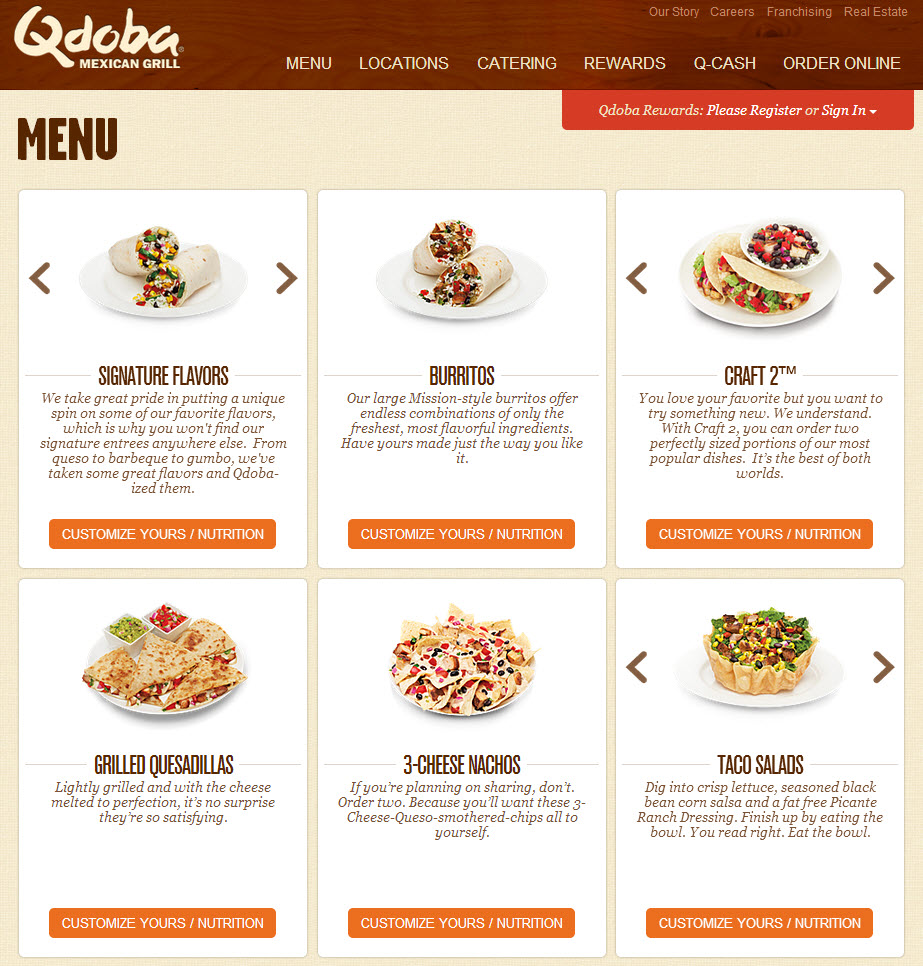
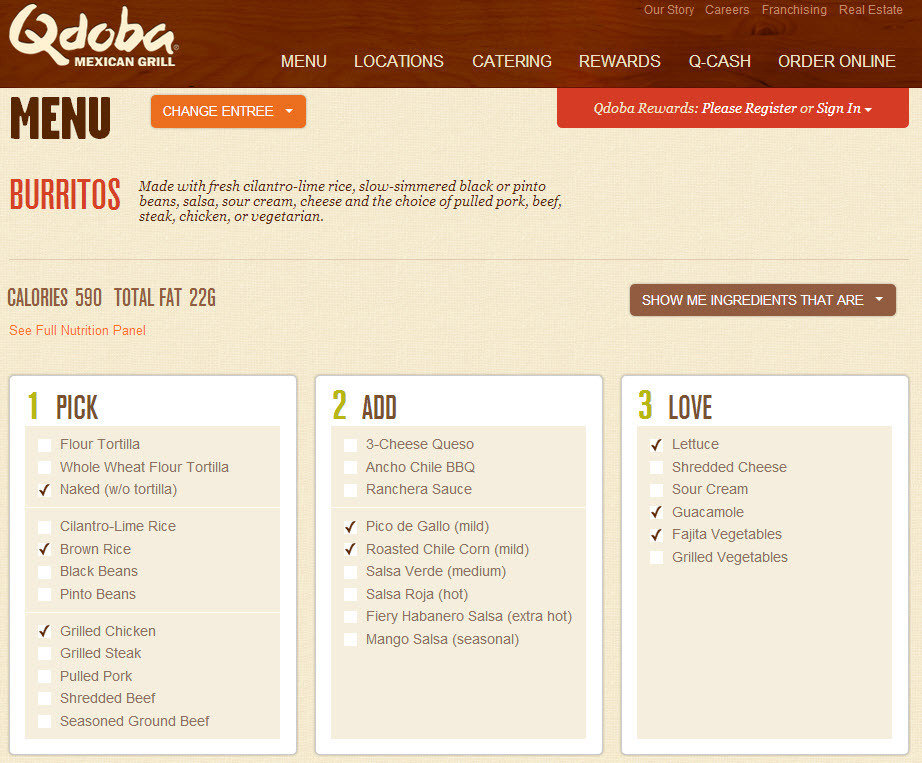
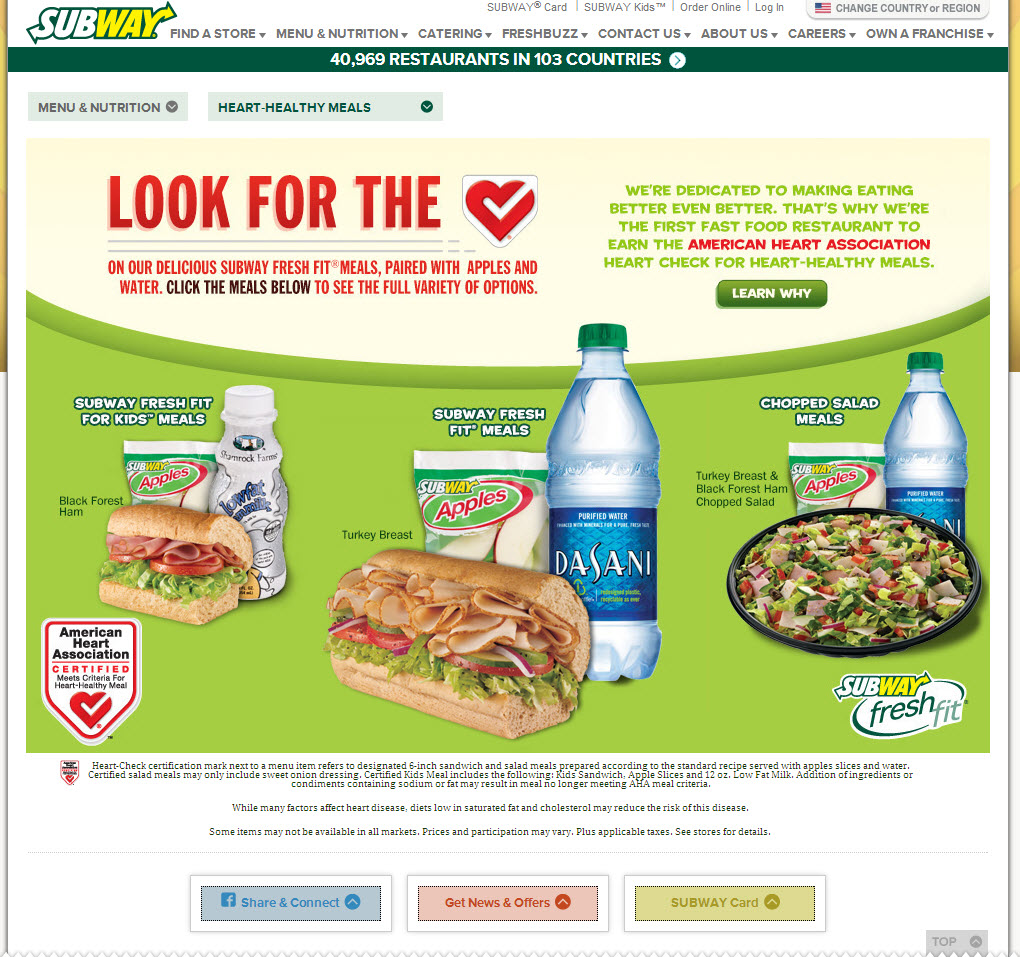

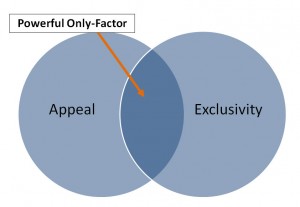
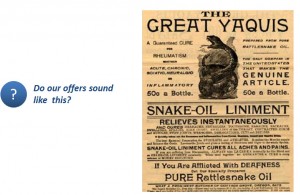
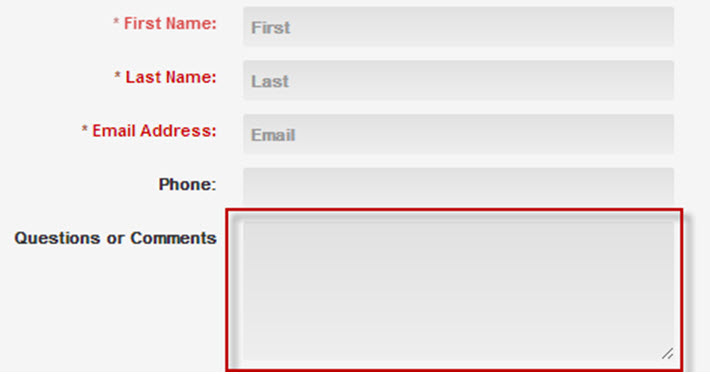
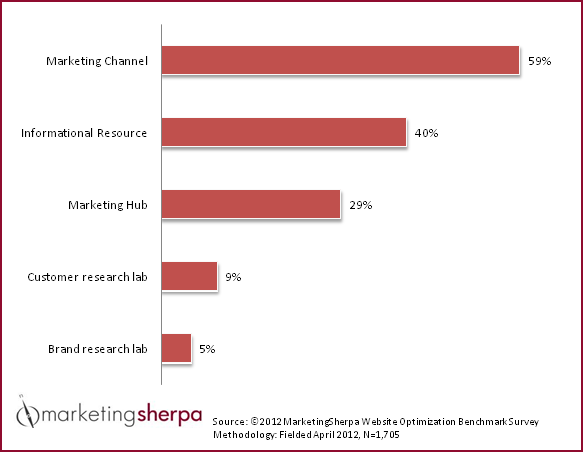
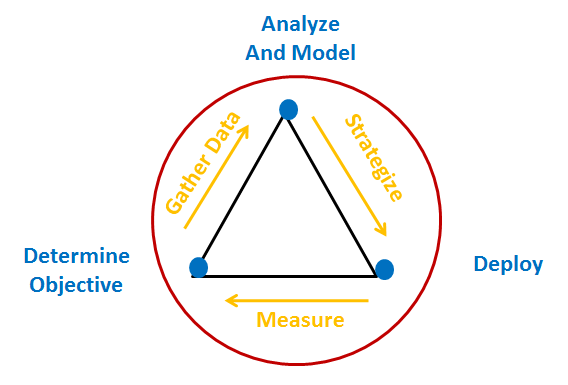
 The landing tab for the
The landing tab for the 




